Business Formal Attire – Career and Professional Development
Mục Lục
Business Formal Attire
A business formal dress code enhances the professional image of your workplace environment and your personal brand. This page provides style guidelines for on-campus activities where this dress code is required. The gallery and descriptions on this page help define “business formal.”
The Look
Clothing should be crisp, neat, pressed and never wrinkled, to project a professional, “business formal” image. Torn, dirty, and unmatched clothing is unacceptable.
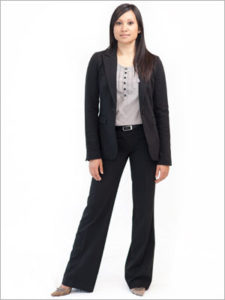
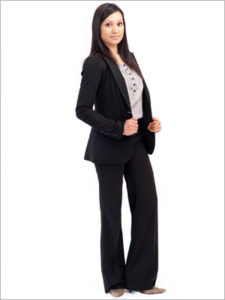
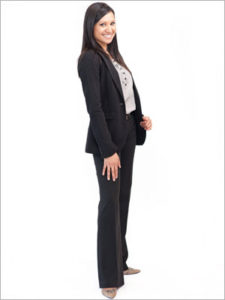
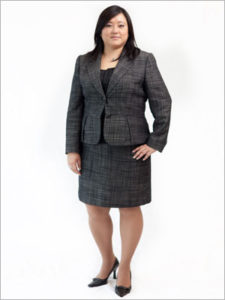
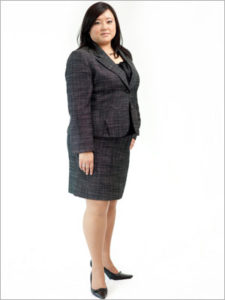


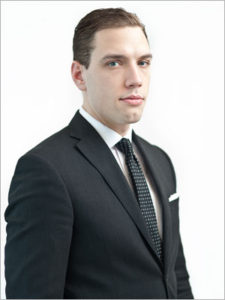

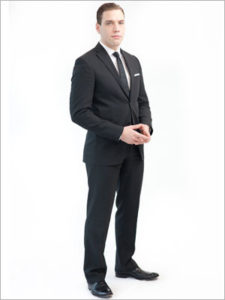
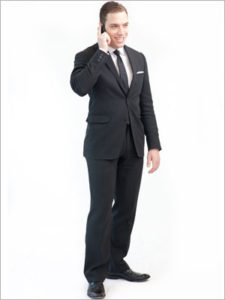
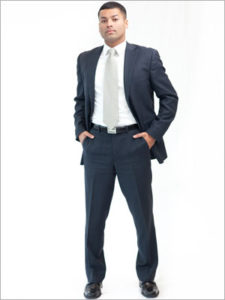
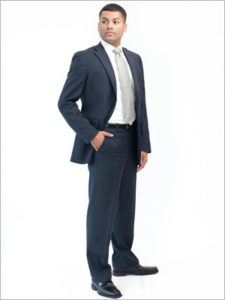
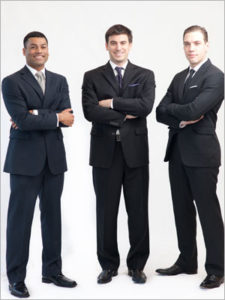
Attire
The standard dress code in a business formal environment is a full matching business suit, including a jacket and dress pants or a dress skirt. The darker the suit, the more formal!
For Men
In addition to matching pants and jacket, men should wear a button-up collared shirt, paired with a tie. Refrain from wearing bold and bright colours or patterns in dress shirts; white, beige or light blue are “safe” colours for collared shirts. Choose a tie with colours and tones that match your suit and dress shirt; bolder colours and patterns are acceptable for ties. Some men choose to wear a three-piece suit, in which case the vest colour and material match the jacket and slacks.
For Women
A dress pant or skirt with matching jacket is considered business formal for women. Depending on the season, jackets may be ¾ length or short sleeve. A crop pant suit is also suitable, however the pant hem should hit mid-calf and this style is not recommended in an interview setting. Skirts should always sit at or just above the knee. A collared blouse or dress-material top is recommended, and should either be tucked in or fall just below your waistline. Tops should never hang below the hem of your suit jacket, or be so short that they show your stomach. Always be cautious that dress shirts are not too revealing in any business setting. Pantyhose are not required, however during the fall and winter seasons, darker pantyhose or tights are recommended when wearing skirts.
Accessories
Depending on the colour or tone of your suit, a black or brown belt should be worn. Coloured or white belts are not recommended. Never wear white socks with a suit. Dress socks should always be worn, preferably in a tone matching your suit and shoes. When in doubt, wear black dress socks. Optional accessories for men include cufflinks or a pocket-square. The material should match the tie. If desired, women may wear simple and tasteful jewellery; chunky and/or bright accessories are not recommended.
Footwear
Shoes, boots, flats, open-toed and closed-toed shoes in a leather or dress material are appropriate and should be clean and polished.
Jewellery, Makeup, Perfume, and Cologne
These should be in good taste, with limited visible body piercing. Makeup should be used minimally to represent a natural look. Remember, some colleagues are allergic to the chemicals in perfumes and makeup, so wear these substances with restraint.
Religion and Health Accommodations
Should a bona fide religious practice, belief or legitimate health need conflict with the dress code, reasonable accommodations will be made.
Source:
About.com Human Resources: A Formal, Professional Dress Code















![Toni Kroos là ai? [ sự thật về tiểu sử đầy đủ Toni Kroos ]](https://evbn.org/wp-content/uploads/New-Project-6635-1671934592.jpg)


